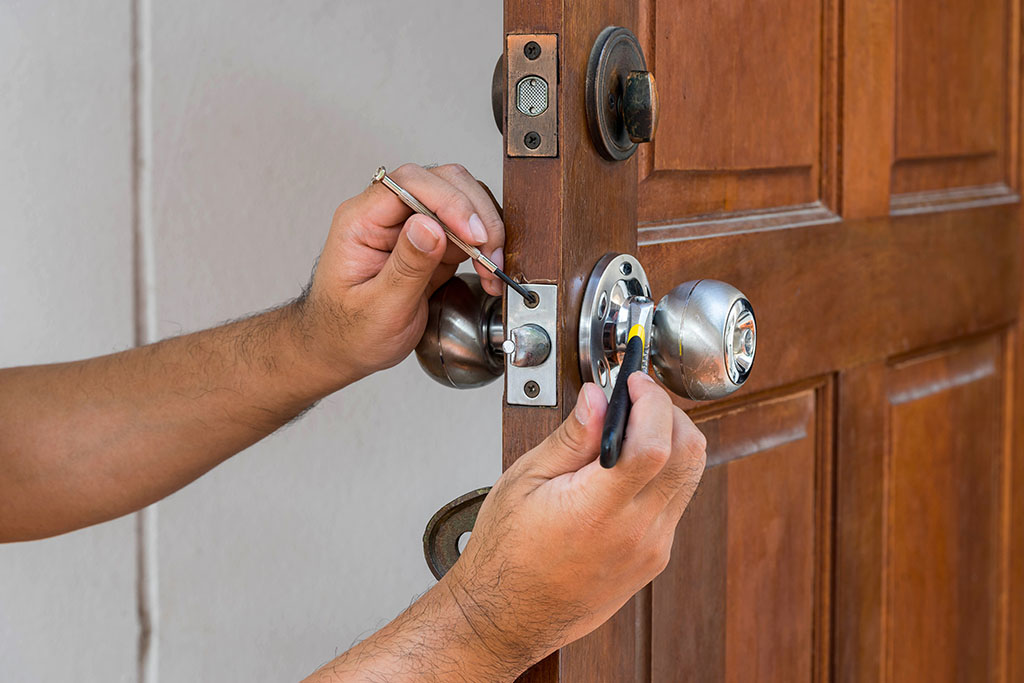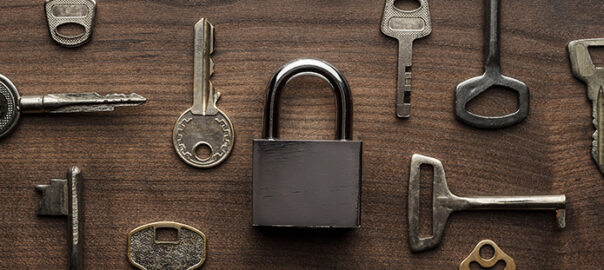A lockout kit is a must have toolset that helps in unlocking vehicles or gaining entry, to doors without using a key. These toolkits are commonly used by locksmiths, law enforcement officers and roadside assistance professionals to aid individuals who find themselves locked out of their cars or buildings. Whether its due to a key,… Continue reading Essential Tools for Car Lockout Solutions
Category: Locksmith Blog
How not to get scammed by a locksmith?
How to Choose the best Security System for Your Retail Store in Sunny Isles Beach FL
Selecting the security system for your store, in Sunny Isles Beach, FL is vital to safeguard your business against theft, damage and other potential risks. With a range of choices at your disposal it’s crucial to assess your requirements and collaborate with professionals to ensure that your store is properly protected. Here is a helpful… Continue reading How to Choose the best Security System for Your Retail Store in Sunny Isles Beach FL
Push Start vs. Traditional Keys: Which Is Best?
on whether to opt for push. Stick with car keys is a popular topic among both car enthusiasts and everyday drivers. As automotive technology evolves the decision between these two choices can influence your convenience, security and overall driving satisfaction. This article delves into the distinctions between push start systems and traditional car keys to… Continue reading Push Start vs. Traditional Keys: Which Is Best?
ALOA Security Supports Homeowners and Locksmiths Across the US
The ALOA Security Professionals Association, commonly known as ALOA is an organization, in the security field that offers assistance and resources to homeowners and locksmiths throughout the United States. Established with the goal of enhancing the professionalism, ethics and education of its members ALOA has earned a reputation in the security and locksmith industry. This… Continue reading ALOA Security Supports Homeowners and Locksmiths Across the US
Is Locksmithing in Miami FL the Right Career Move for You?
The growth of Miami leads to a need, for locksmiths in the city. These security experts play a role in maintaining safety and controlling access in both busy commercial areas.. Is pursuing a career as a locksmith the choice for you?
This lively city presents prospects. It also comes with its own set of challenges. While the benefits can be rewarding working as a locksmith in Miami demands commitment, physical endurance and a readiness to work hours.
If you have an aptitude enjoy resolving problems and are adept at hands on work then locksmithing could be a match, for you. On the hand if you prefer a 9 to 5 schedule and dislike physical labor this career path may not align with your preferences.
Why Choose US Locksmith: Your Trusted Security Partner in South Florida
When it comes to securing your home, business, or vehicle, selecting a reliable locksmith like US Locksmith is paramount. In recent years, Florida—and the U.S. in general—has seen a rise in locksmith scams, with shady operators overcharging, doing shoddy work, or even causing intentional damage to locks. These scams have made it harder for consumers… Continue reading Why Choose US Locksmith: Your Trusted Security Partner in South Florida
Safeguarding Your Security: The Crucial Role of a Backup Locksmith in Kendall for Routine Changes and Emergencies
In the realm of security and peace of mind, the significance of having a backup locksmith cannot be overstated. Whether you find yourself in need of a routine change of locks in Kendall or facing an unexpected emergency, having a trusted locksmith in Kendall ready to assist is a proactive measure that can make a… Continue reading Safeguarding Your Security: The Crucial Role of a Backup Locksmith in Kendall for Routine Changes and Emergencies
Secure Solutions: Affordable and Innovative Locks in Kendall, with Expert Guidance from Local Locksmiths
When it comes to securing your space, finding innovative locks at affordable prices is crucial. One excellent option is to explore local hardware stores or specialized security retailers in Kendall. These establishments often offer a variety of innovative locks that cater to different security needs. If you’re considering a change of locks in Kendall, it’s… Continue reading Secure Solutions: Affordable and Innovative Locks in Kendall, with Expert Guidance from Local Locksmiths
Ensuring Home Security: A Guide to Assessing and Enhancing Your Property’s Safety in Coral Springs
In Coral Springs, safeguarding your home is a top priority, and assessing your property’s security status is a crucial step in achieving peace of mind. Here’s a comprehensive guide on how to properly evaluate and enhance your home’s security: By following these steps and emphasizing the importance of changing locks in Coral Springs, you can… Continue reading Ensuring Home Security: A Guide to Assessing and Enhancing Your Property’s Safety in Coral Springs








